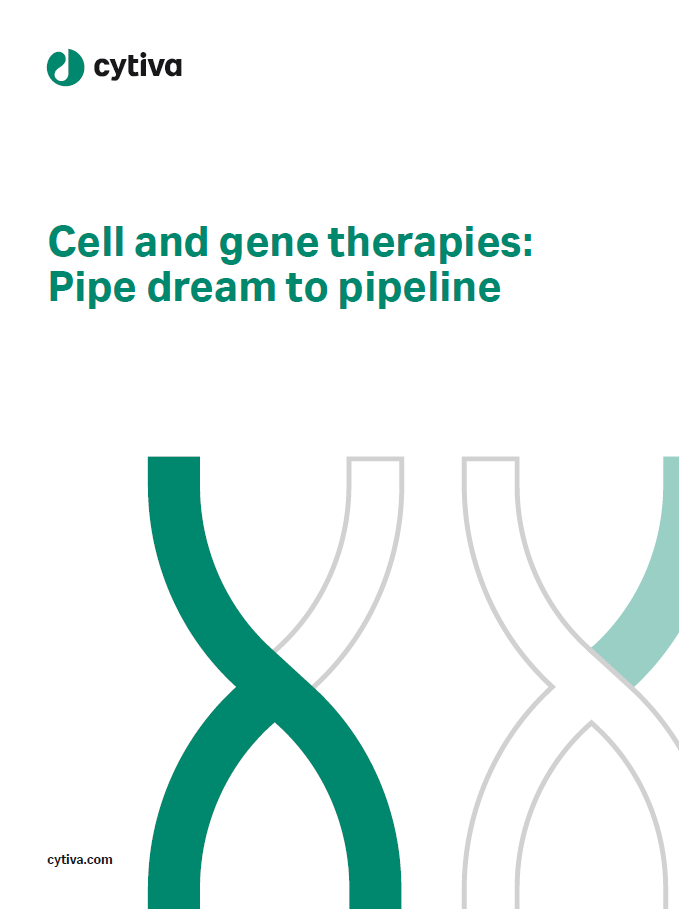
Duchenne Muscular Dystrophy Major Trials
In 2023, two potential FDA approvals and three late-stage clinical trial readouts could shift the treatment landscape for Duchenne muscular dystrophy. The upcoming FDA approval decision for Sarepta’s gene therapy SRP-9001, expected by May, headlines what figures to be an eventful year of drug development.
In addition to the looming approval decision for SRP-9001, Santhera’s and ReveraGen’s synthetic steroid vamorolone could receive FDA approval in October. Meanwhile, FibroGen’s antibody pamrevlumab and Capricor’s stem cell therapy CAP-1002 both expect Phase III data by mid-2023, and Edgewise’s EDG-5506 has Phase II data expected by the end of the year.
The wide variety of mechanisms and development stages means these investigational therapies have a range of approval prospects, according to GlobalData’s Likelihood of Approval algorithm. GlobalData, the parent company of Clinical Trials Arena, evaluates the Likelihood of Approval using a combination of machine learning and a propriety algorithm to calculate an individual drug’s probability of ultimately receiving market authorization.
As drug development activity in Duchenne muscular dystrophy picks up, experts say the field is gravitating toward personalized medicine and multi-therapy approaches. The wide variety of therapy types currently in the pipeline—ranging from gene therapies to small molecules—reflects the growing belief in a multi-pronged approach to treatment, explains Dr. Oscar Mayer, director of the Pulmonary Function Laboratory at Children's Hospital of Philadelphia.
“Eventually, clinicians in Duchenne should take a similar approach to how oncologists approach tumor therapy,” Mayer says. “The field should use multiple drugs to address the disease from all different levels.”
Drug development challenges
Duchenne muscular dystrophy, also known as DMD, is a rare genetic neurodegenerative disorder causing progressive muscle loss, primarily in young boys. The disease is characterized by alterations in the protein dystrophin, which is crucial for building muscle connections.
To date, four drugs have received FDA accelerated approval for Duchenne muscular dystrophy, all of which are exon-skipping therapies. These drugs can increase the expression of micro-dystrophin—a shorter and partially functional form of dystrophin—but they are far from a silver bullet, explains Eric Hoffman, PhD, drug development researcher at Binghamton University, New York, and CEO of ReveraGen BioPharma. Exon-skipping therapies only address a subset of patients, and they can only delay—not stop—disease progression, he adds.
Despite the high unmet patient need, recruiting for clinical trials can prove challenging, Mayer notes. Because there are multiple treatments approved or under evaluation, sponsors could face more hurdles to recruiting patients in trials down the line, he explains.
On average, Phase II and Phase III drug trials targeting Duchenne muscular dystrophy that completed enrollment in the past decade already recruited fewer patients than their stated goals, according to GlobalData’s Clinical Trials Database. Phase II trials recruited an average of 30 out of 39 planned patients, while Phase III trials recruited an average of 130 out of 148 planned patients.
Sarepta and Santhera await potential approvals
Sarepta’s gene therapy SRP-9001, also known as delandistrogene moxeparvovec, has an FDA PDUFA date of May 29. Based on pooled data from three clinical trials (NCT03375164, NCT03769116, NCT04626674), SRP-9001 was shown to increase expression of micro-dystrophin. GlobalData’s Likelihood of Approval puts SRP-9001’s approval prospects at 93%.
“SRP-9001 could deliver a partially functional dystrophin gene that makes a partially functional dystrophin protein,” Mayer explains. “That means it does not cause Duchenne muscular dystrophy to completely go away, but it could decrease the severity of the disease.”
Meanwhile, Santhera’s and ReveraGen’s synthetic steroid vamorolone has a PDUFA date of October 26. The Phase IIb VISION-DMD trial (NCT03439670) pits vamorolone against the corticosteroid prednisone that is the standard of care in Duchenne muscular dystrophy. Vamorolone is designed to have similar therapeutic effects to corticosteroids with an improved safety and tolerability profile, and GlobalData assesses the drug’s Likelihood of Approval at 89%.
“Steroids are really the best line of defense right now for DMD, but there are a lot of negative side effects,” explains Rachelle Crosbie, PhD, department chair, integrative biology and physiology, University of California Los Angeles. “I’m very enthusiastic about any modulation to improve secondary effects.”
Three Duchenne muscular dystrophy trial readouts
FibroGen expects topline data in Q2 from a Phase III trial of pamrevlumab (NCT04371666) in 92 patients with non-ambulatory Duchenne muscular dystrophy. As a primary endpoint, the trial assesses the Performance of the Upper Limb (PUL) module, which evaluates functionality in weaker and non-ambulatory patients.
Pamrevlumab is a monoclonal antibody that inhibits connective tissue growth factor, which could increase cell adhesion to improve muscle function. The drug’s Likelihood of Approval sits at 36% with Phase III data still pending, according to GlobalData’s algorithm.
Meanwhile, Capricor expects interim Phase III data (NCT05126758) for the allogenic stem cell therapy CAP-1002 in mid-2023. The trial is evaluating 68 patients with Duchenne muscular dystrophy, both ambulatory and non-ambulatory, also using the PUL module as a primary endpoint. GlobalData puts the Likelihood of Approval at 31%.
CAP-1002 uses heart-derived stem cells to form new myocardium in muscles and arteries, potentially regenerating lost muscle function. “If everything goes well, the tremendous hope would be that CAP-1002 could restore lost function,” Mayer says.
Rounding out the list is Edgewise’s small molecule EDG-5506, which should have interim Phase II data available in H2 2023. The Phase II LYNX trial (NCT05540860) assesses safety as the primary outcome, with secondary endpoints focused on disease biomarkers and pharmacokinetics.
EDG-5506 aims to improve muscle contraction by targeting the enzyme ATPase. However, the small molecule is not disease-modifying, explains Varghese John, PhD, medicinal chemist at UCLA. At this early stage of development, GlobalData places the Likelihood of Approval at 14%.
Editorial content is independently produced and follows the highest standards of journalistic integrity. Topic sponsors are not involved in the creation of editorial content.




